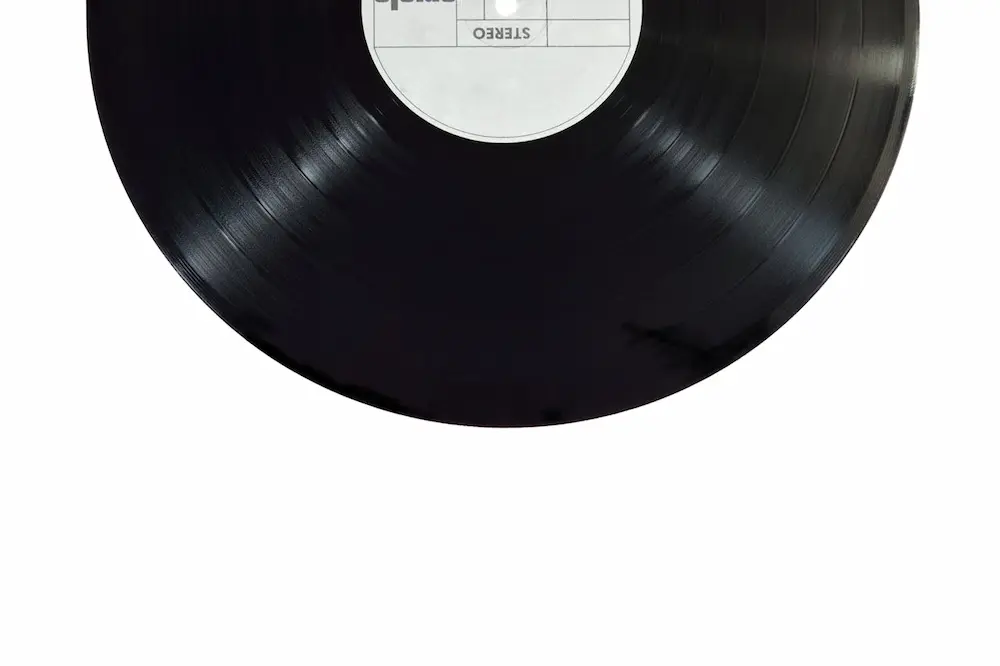Advertising is a blend of art and science, a complex alchemy of images, words, and sounds designed to captivate our attention and incite action. Among these elements, music stands out as a cultural touchstone that can turn a simple message into a profound and impactful experience. In its essence, music is a universal language of emotion, and when strategically woven into an advertisement, it can etch the brand’s message into the consumer’s heart and mind in a way that other forms of media cannot.
As marketers, understanding why music is so influential and how to use it effectively can significantly enhance the resonance of our campaigns. In this post, we will explore the symbiotic relationship between music and advertising, dissecting what makes it so potent and providing actionable insights on crafting campaigns that strike a resonant chord with your audience.
The Power of a Perfect Pitch: How Music Captivates
The marriage of music and advertising is a timeless one, and for good reason. Music has the power to enhance our perception of visuals, evoke powerful emotions, and even cement a brand’s identity in the memory of the viewer.
The Science Behind the Song
Neuroscience tells us that music activates the same part of the brain associated with pleasure, reward, and emotion as food, sex, and even addictive substances like cocaine. This pleasurable response, combined with the narrative nature of music, makes it an ideal tool for storytelling in advertising.
Creating the Right Vibe
The relevance and timeliness of the music used in an advertisement are as crucial as the visual elements. Context matters, and a well-chosen song can set the scene, convey a brand’s personality, and align with the target audience’s tastes, creating a harmonious viewing experience that is both enjoyable and memorable.
Harmonizing Brand Identity with Musical Themes
When selecting music for an advertisement, it’s not just about finding a catchy tune, it’s about finding a piece that embodies the core of your brand identity.
The right music can serve as an auditory logo, reflecting the values and messaging that underpin the brand’s ethos. For example, a luxury brand might opt for classical music to signal sophistication, while a tech startup could select contemporary beats to communicate innovation and dynamism.
Furthermore, music has the unique ability to bridge generational gaps, speaking to consumers across age groups. Whether it’s a nostalgic throwback that resonates with older audiences or the latest chart-topper that piques the interest of the youth, the right song can create a timeless connection to the brand.
Crafting a Symphony: Integrating Music Strategically
The key to effective use of music in advertising lies in the strategic integration of the right musical elements with the overall campaign message.
Aligning with Creative Flow
A strong collaboration between the ad agency and the music producer is essential for ensuring the music’s seamless integration with the ad’s narrative. This means that musical beats align with visual cues and that the song’s lyrics, if any, enhance the story being told.
Pushing Emotional Buttons
Emotions drive purchasing decisions, and music can be the accelerator. By selecting a piece that taps into a specific emotional vein, advertisers can elicit the desired response from their audience, whether it’s joy, nostalgia, or even a sense of empowerment.
Technological Advancements in the Music Industry
Technological advancements have also revolutionized the process of music creation and selection for advertising. The emergence of AI generated music is a testament to the evolution of the industry, providing a fresh avenue for brands to access custom, royalty-free compositions. This innovation not only cuts down on costs and legal complexities but also affords a level of personalization in marketing campaigns that was previously unattainable. As a result, AI generated music is opening up new frontiers for creatives to craft emotionally resonant and brand-specific soundscapes that can elevate advertising content to unprecedented heights.
Legal Notes: Navigating the World of Music Rights
The allure of popular music can be tempered by the legal complexities of securing the right to use it in advertising.
The Cost of Catchiness
Licensing fees for well-known songs can be prohibitively expensive, especially for smaller brands. This is why working with composers to create original music, although an investment upfront, can be a more cost-effective and unique approach in the long run.
Dotting the I’s and Crossing the T’s
Understanding copyright laws and obtaining proper permissions for music use are non-negotiable steps in the advertising process. Marketers must work closely with their legal teams to ensure all bases are covered, avoiding costly litigation and reputational damage.
The Rhythm of Return: Measuring the Impact of Music in Advertising
Assessing the success of music in advertising is similar to measuring any other ad element — it requires clear objectives and means of evaluation.
Tuning in to Audience Reception
In the age of social media, gauging audience response to music in ads is more accessible than ever. Tracking online engagement, sentiments expressed, and even user-generated content reactions can provide valuable insights into the effectiveness of the campaign’s music.
Data-Driven Decibels
Traditional metrics like ad recall, brand awareness, and ultimately, sales, remain significant indicators of music’s influence on advertising success. Pairing these with more granular data on consumer demographics and psychographics can yield a nuanced understanding of how music contributes to campaign performance.

Music’s role in advertising is both an art and a science. It requires a delicate touch to create that perfect harmony between auditory and visual sensations that resonates deeply with consumers. By understanding the science behind music’s emotional sway and using it selectively to enhance a brand’s narrative, marketers can unlock the full potential of this potent advertising element.
Effective use of music in advertising is about more than just selecting a song. It’s about crafting a story that integrates music into the fabric of the narrative, leveraging its emotional power to create an ad that not only speaks but sings to your audience. So, the next time you’re planning an ad campaign, don’t just think about what you want to say — think about how you want your audience to feel, and choose the music that will strike the right chord.

